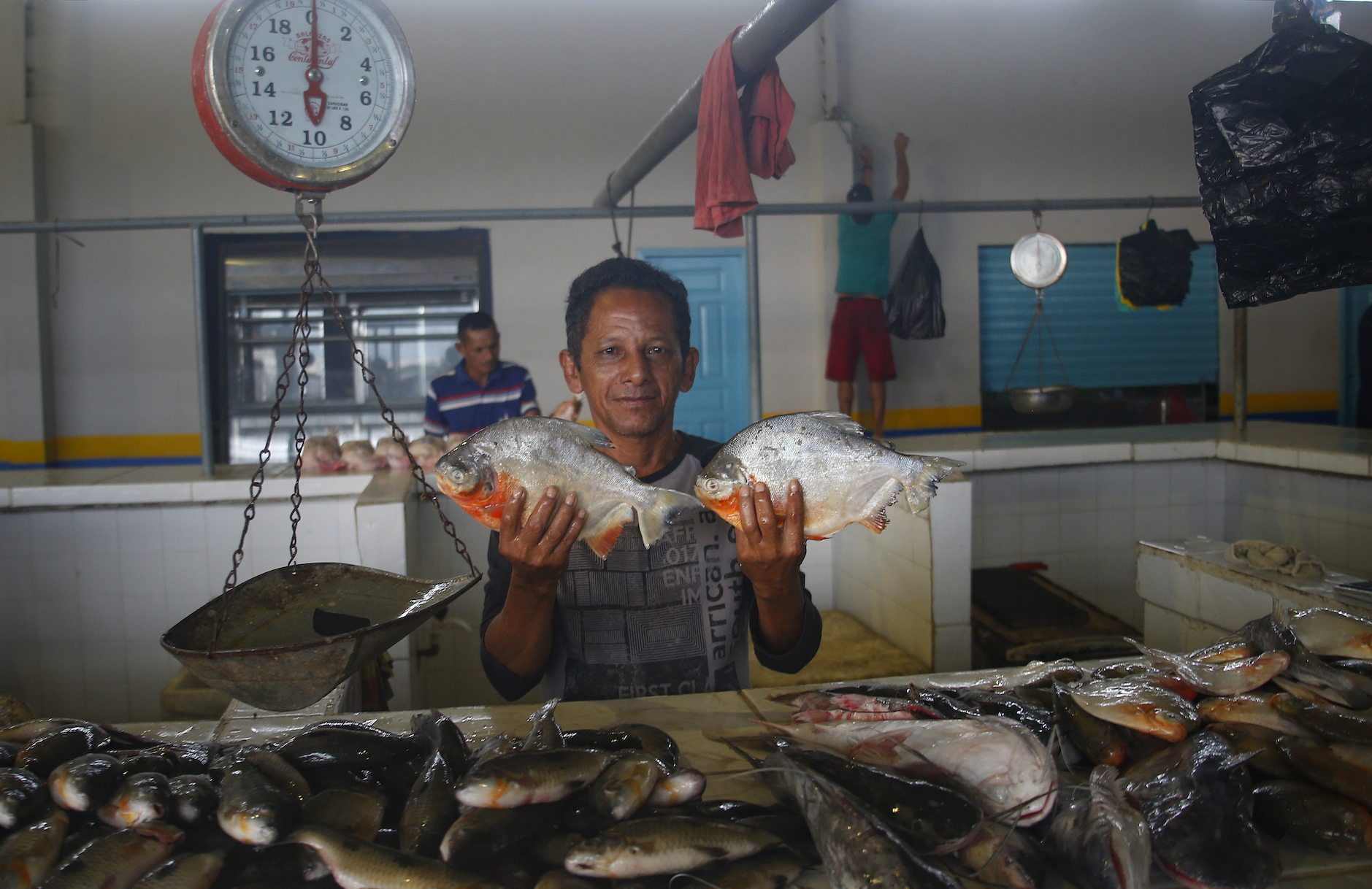
Click arrows to view gallery
Click arrows to view gallery
Thousands of Indigenous people have migrated from their villages in Brazil’s Amazon rainforest to urban areas throughout the country in search of education and income.
The trend is expected to continue, and has created concerns amongst Indigenous elders that the migration will negatively affect their remote communities, already under siege by the forces of commerce and climate.
President Luiz Inacio Lula da Silva has signaled with the creation of the Ministry of Indigenous Affairs that Brazil’s government intends to lessen pressure on Indigenous peoples, yet the federal program created 20 years ago during Lula’s first term is one of the factors behind the increase in Indigenous migrations.
The Bolsa Familia program was launched in 2003 to provide cash to Indigenous families for vaccinating their children, many of whom started frequenting cities to withdraw the benefit from state bank branches.
Finding it too expensive to commute for the payments, many Indigenous people began residing in the cities and integrating into the labor forces.
The president of Univaja, the main association for Indigenous peoples in the Javari Valley of Brazil, is concerned the migration will lead to cuts in health and education programs for Indigenous communities.
Many Indigenous communities are finding fewer and fewer youth remaining, raising the issue of who will be left to inherit the rich traditions of their tribes and work to protect the Amazon.
For more, check out our exclusive content on CGTN Now and subscribe to our weekly newsletter, The China Report.